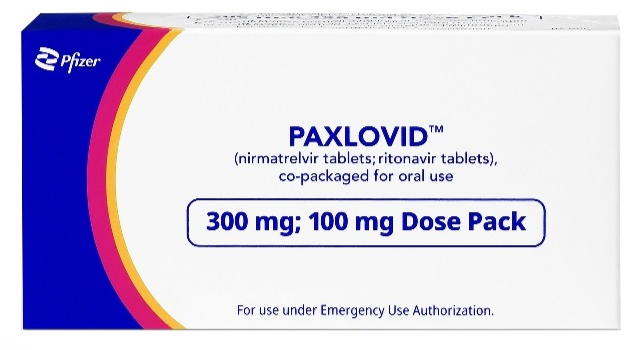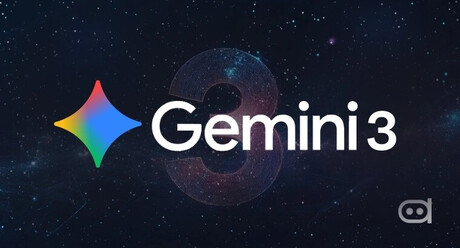
[GLOBAL ECONOMIC TIMES] Starting on the 25th, health insurance will apply to COVID-19 treatments. It can be prescribed at any medical institution, not just a designated institution, and can be sold at any pharmacy. The two types of coronavirus treatments in question are Pfizer Pharmaceuticals Korea’s ‘Paxrovid Tablet (oral medicine)’ and Gilead Sciences Korea’s ‘Veklury Injection (injection).’
In particular, Paxrobid, an oral drug, is expensive, but it also reduces some of the burden on patients. After applying health insurance, patients only have to pay out-of-pocket expenses of 50,000 won, 8,320 won per bottle for Becluril, and 47,090 won per person for Paxrovid and Lagebrio. Existing recipients of free support, such as type 1 and 2 medical benefit recipients and those eligible for a reduction in out-of-pocket expenses, will maintain their out-of-pocket expenses at 0 won.
The Korea Disease Control and Prevention Agency announced that it is delivering the revised ‘COVID-19 treatment’ starting today to major medical institutions, including pharmacies. The target of treatment administration has also partially changed. First, ‘Belclury Injection’ was previously administered to mild, moderate, and severe patients, but from this day on, severe patients were excluded.
The subjects of 'Paxrovid' administration were elderly people over 60 years old and people over 12 years old with weakened immune systems or underlying diseases, but this time, it was changed to people over 18 years old with weakened immune systems or people with underlying diseases. Of course, seniors over 60 years of age can still be prescribed Paxrovid.
Until now, the government had purchased in bulk and supplied only to base pharmacies, but now pharmacies will purchase directly through the distribution network. In order to efficiently use existing purchases, the Korea Disease Control and Prevention Agency plans to provide both commercial distribution and government support until inventory is exhausted even after registration for benefits.
[Copyright (c) Global Economic Times. All Rights Reserved.]






























